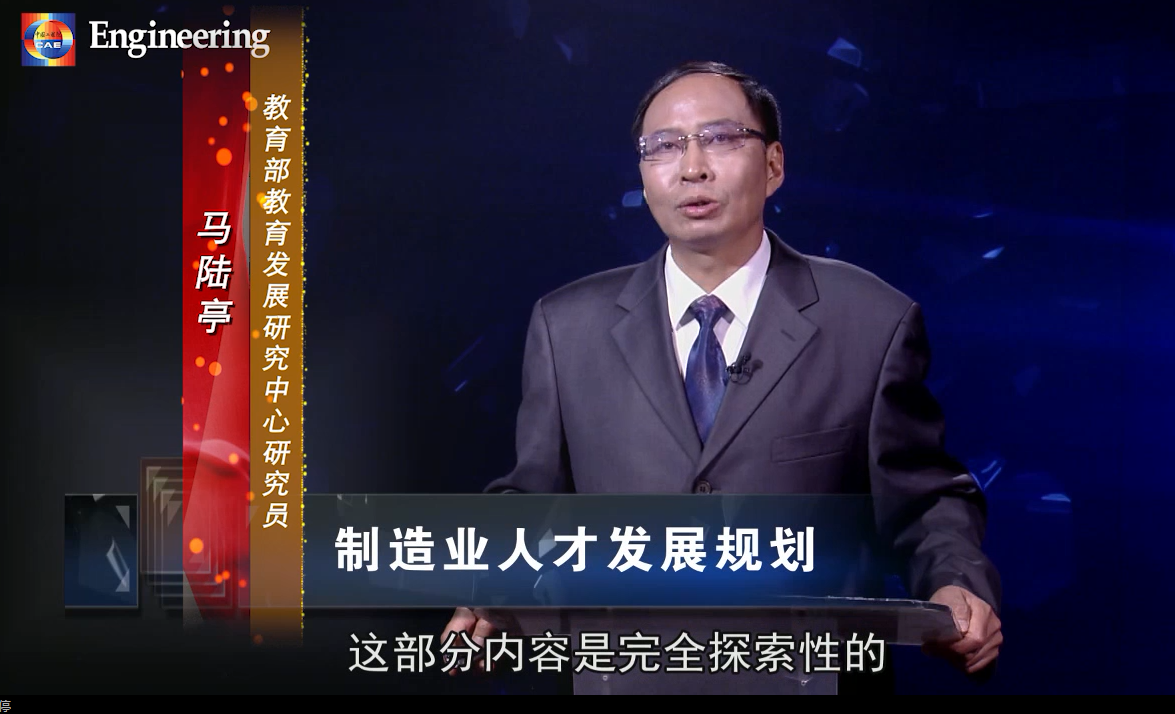Search scope:
排序: Display mode:
IT governance and informatization construction at China’s colleges and universities
Tianxiang
Strategic Study of CAE 2011, Volume 13, Issue 1, Pages 109-112
The information construction colleges and universities in China in infrastructureOnly through the IT governance , we can organically combine the information technology in colleges and universities
Keywords: IT governance COBIT universities information
Strategic Choice of the Development of the Private Universities
Fan Foju
Strategic Study of CAE 2007, Volume 9, Issue 11, Pages 204-208
Keywords: private university development strategy
Organized Scientific Research in Universities in the Field of Medicine and Health
Cao Yuan, Kong Fei, Zhang Xiaoyi, Tian Jun, Deng Rui, Xu Ming,Wang Jiadong, Qiao Jie
Strategic Study of CAE 2023, Volume 25, Issue 5, Pages 72-80 doi: 10.15302/J-SSCAE-2023.05.004
Keywords: medicine and health scientific and technological innovation system colleges and universities organized
Luz Helena Alba,Nora Badoui,Fabián Gil
Frontiers of Medicine 2015, Volume 9, Issue 2, Pages 251-259 doi: 10.1007/s11684-015-0393-z
Keywords: lifestyle medical students preventive medicine counseling universities schools medical
Bai Huijun , Feng Hao , Wang Caiyun , Fu Wenhua , Gao Baihong , Zhan Qimin
Strategic Study of CAE 2019, Volume 21, Issue 2, Pages 69-73 doi: 10.15302/J-SSCAE-2019.02.003
Keywords: college education medical and health personnel training policy suggestions
En-zhong YANG,Lin-kai ZHANG,Zhen YAO,Jian YANG
Frontiers of Information Technology & Electronic Engineering 2016, Volume 17, Issue 7, Pages 672-681 doi: 10.1631/FITEE.1601087
Keywords: Software-defined networking (SDN) Multicast Scalable video coding Video conferencing system
Huan-zhao WANG,Peng ZHANG,Lei XIONG,Xin LIU,Cheng-chen HU
Frontiers of Information Technology & Electronic Engineering 2016, Volume 17, Issue 7, Pages 634-646 doi: 10.1631/FITEE.1500321
Keywords: Software-defined networking (SDN) Security Multi-controller Distributed rule store
Rong JIAO,Lu-ping XU,Hua ZHANG,Cong LI
Frontiers of Information Technology & Electronic Engineering 2016, Volume 17, Issue 6, Pages 543-552 doi: 10.1631/FITEE.1500365
Keywords: Orbit determination algorithm Single X-ray pulsar detector Phase increment Two-body motion equations Weighted least squares method

Bin-bin LEI,Xue-chao DUAN,Hong BAO,Qian XU
Frontiers of Information Technology & Electronic Engineering 2016, Volume 17, Issue 6, Pages 587-602 doi: 10.1631/FITEE.1601019
Keywords: Interval type-2 fuzzy controller Analytical structure Karnik-Mendel type reducer
Peng XIAO,Zhi-yang LI,Song GUO,Heng QI,Wen-yu QU,Hai-sheng YU
Frontiers of Information Technology & Electronic Engineering 2016, Volume 17, Issue 7, Pages 620-633 doi: 10.1631/FITEE.1500350
Keywords: Software-defined networking (SDN) Controller placement K self-adaptive method
Title Author Date Type Operation
IT governance and informatization construction at China’s colleges and universities
Tianxiang
Journal Article
Organized Scientific Research in Universities in the Field of Medicine and Health
Cao Yuan, Kong Fei, Zhang Xiaoyi, Tian Jun, Deng Rui, Xu Ming,Wang Jiadong, Qiao Jie
Journal Article
Attitude toward preventive counseling and healthy practices among medical students at a Colombian university
Luz Helena Alba,Nora Badoui,Fabián Gil
Journal Article
Development Status of Medical Talent Education in Colleges and Universities and Discussion on National
Bai Huijun , Feng Hao , Wang Caiyun , Fu Wenhua , Gao Baihong , Zhan Qimin
Journal Article
the Youth Innovation Promotion Association CAS, and the Fundamental Research Funds for the Central Universities
En-zhong YANG,Lin-kai ZHANG,Zhen YAO,Jian YANG
Journal Article
China Postdoctoral Science Foundation (No. 2015M570835), the Fundamental Research Funds for the Central Universities
Huan-zhao WANG,Peng ZHANG,Lei XIONG,Xin LIU,Cheng-chen HU
Journal Article
Plan in Shaanxi Province of China (No. 2016JM6035), the Fundamental Research Funds for the Central Universities
Rong JIAO,Lu-ping XU,Hua ZHANG,Cong LI
Journal Article
Collective Willingness and Carbon Emission Accounting Based on Waste Classification in Colleges and Universities
19 May 2022
Conference Videos
Ma Luting: Enlightenment of Interdisciplinary Development of New Engineering in Colleges and Universities
马陆亭(高级职称)
7 Jul 2020
Conference Videos
Foundation of China (Nos. 51490660 and 51405362), and the Fundamental Research Funds for the Central Universities
Bin-bin LEI,Xue-chao DUAN,Hong BAO,Qian XU
Journal Article








